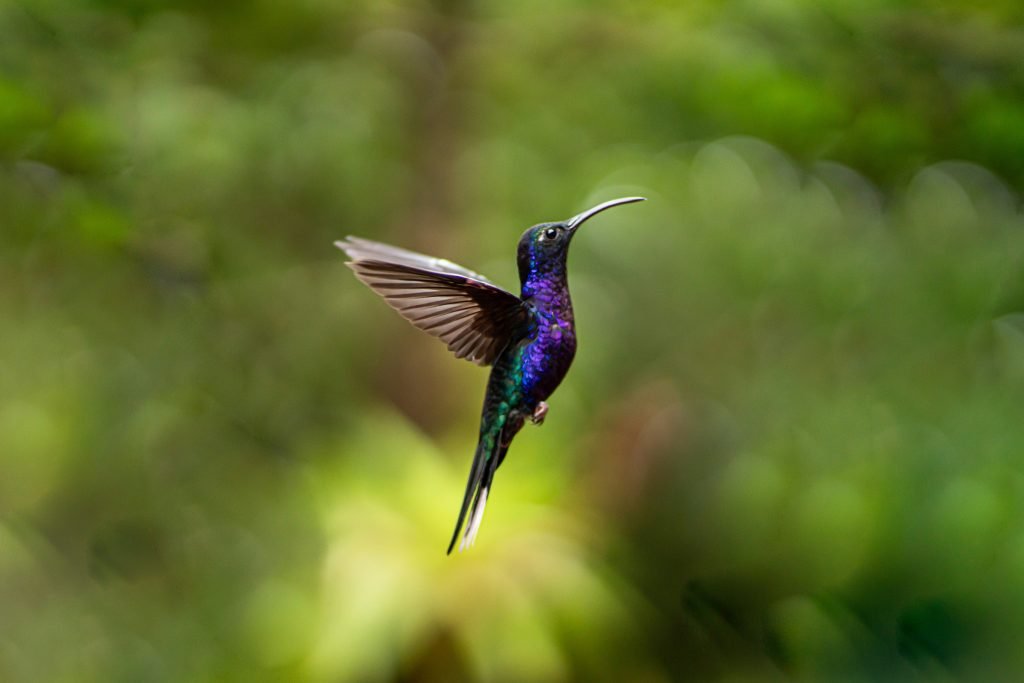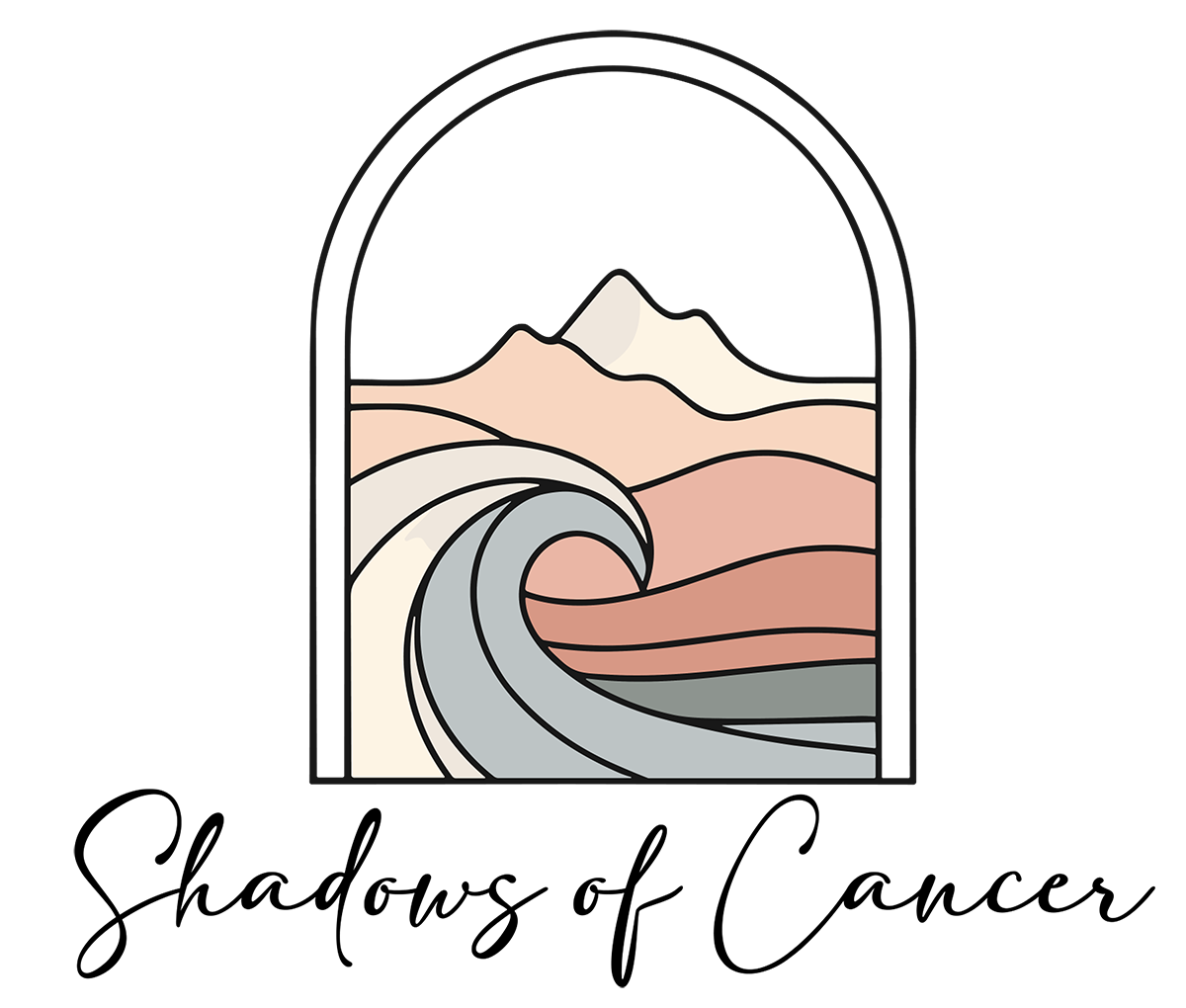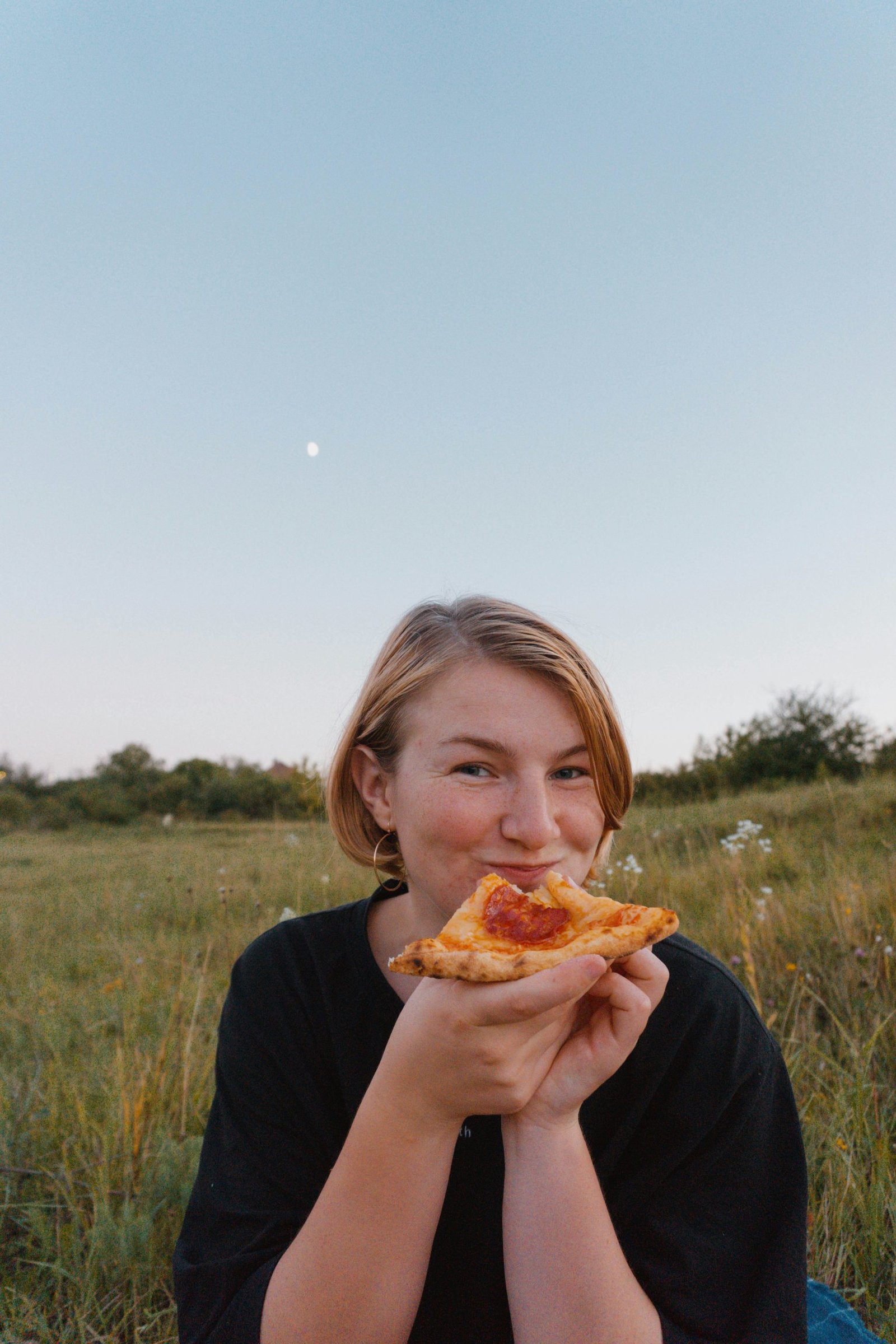
Hope isn’t just some fluffy Pinterest quote or a “think happy thoughts” bumper sticker. It’s that deep-down, gut-level belief that things can get better — and that you’ve got what it takes to help make them better.
Optimism is cute. Hope is powerful. Optimism sees the glass half full. Hope grabs the glass, finds a faucet, and starts pouring. It’s active, sweaty, and it’s the thing that keeps you moving when you’d rather curl up and quit.
The Real Science-y Stuff (Without the Boring Bits)
Psychologist Charles R. Snyder called it “Hope Theory.” Two main parts:
- Agency – the belief you can do something about your situation.
- Pathways – the ability to actually figure out how.
Hope is basically having both the map and the stubbornness to keep going even when you hit roadblocks.
Why Hope Matters (a Lot More Than We Admit)
It’s the reason explorers set sail without knowing if they’d come back, and it’s why scientists keep going after their hundredth failed experiment. It’s why communities rebuild when the world thinks they’re done for.
And for you? It’s why you keep getting back up after setbacks that could’ve taken you out.
A Feathered Reminder from Emily Dickinson
Emily Dickinson said it best:
“Hope is the thing with feathers
That perches in the soul,
And sings the tune without the words,
And never stops — at all.”
That’s the beauty of hope — it’s quiet but relentless. Even when life feels like a storm, that little bird doesn’t stop singing. You might not always hear it over the chaos, but it’s still there, waiting for you to notice, to feed it, to let it grow loud again.
The Perks of Hanging Onto Hope
- Emotional Resilience: It’s the net under your tightrope walk. When you fall, it helps you bounce instead of splat.
- Lower Stress: If you believe there’s a way forward, your nervous system can stop screaming quite so loud.
- Motivation: Hope is the difference between “I wish” and “I will.” It’s fuel.
How Hope Changes the Game
- Setbacks Become Comebacks: Hope doesn’t mean you won’t fail. It means you won’t stay failed.
- Catalyst for Change: Every major social movement, medical breakthrough, or personal transformation started with someone who dared to hope.
10 Ways to Build More Hope (Even When Life Feels Like a Dumpster Fire)
- Write down 3 things you’re grateful for every morning.
- Picture where you want to be, then plot the baby steps to get there.
- Spend more time with people who lift you up, not tear you down.
- Set tiny, winnable goals — rack up those small victories.
- Read or watch real-life comeback stories.
- Do something kind for someone else.
- Focus on what’s in your control and ditch the rest.
- Keep a journal of small wins and bright spots.
- Lean into spiritual or grounding practices.
- Ask for help when you need it — that’s strength, not weakness.
FAQs About Hope
Is it a skill? Yep. The more you practice, the stronger it gets.
How is it different from wishful thinking? Wishful thinking waits. Hope works.
Can it improve your health? Research says yes — less stress, better immunity, faster recovery.
What about mental health? Hope keeps you showing up for the hard stuff.
Can it ever be bad? Only if you skip the action part. Balance matters.
The bottom line is this: Hope isn’t magic, but it’s mighty. You can’t stop storms from coming — but hope changes how you walk through them. Just like Dickinson’s bird, it never stops singing. The question is — will you listen?

